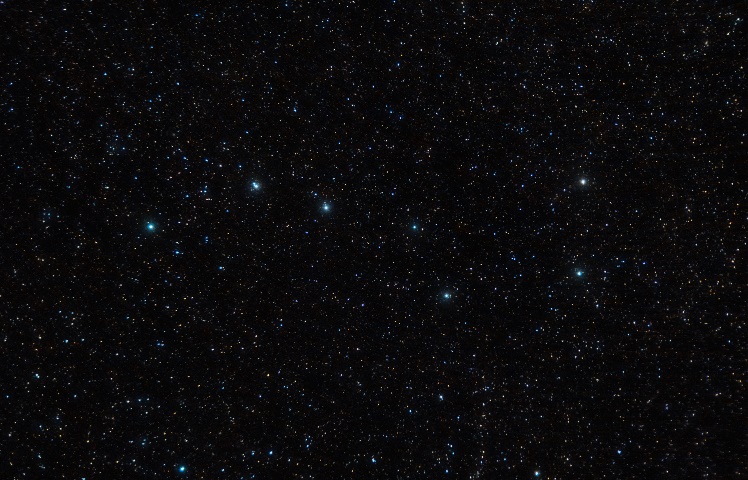As nights become warmer, head outside after dark and look above. Gazing at the stars brings a feeling like no other as you try to understand the incredible universe that surrounds us. Of course we need the night time to stargaze, but what other factors come into play for the ultimate experience of skywatching?
- A dark sky away from city lights is ideal. There are more faint stars than bright, so situating yourself away from light pollution will increase your chances of seeing something like the Milky Way.
- Higher altitude will make for an even darker sky because you will be above the air that contains haze, fog and smoke.
- The moon can hinder your star views. A full moon puts out a lot of skyglow, which makes faint stars hard to see. If you are taking the moon into consideration, two weeks before and after the new moon phase provde the best time to observe the stars.
- Find a location with an open viewing area. The last thing you want is a mountain ridge or big trees blocking your sight.
- Some land might be private, so choose your location carefully. No view is worth trespassing.
The beaches of Dauphin Island, Gulf State Park, and Bon Secour are spots to visit along the byway that will offer a great view of the beautiful sky. (Just remember to keep an eye out for wildlife that wander around when the sun goes down, and allow them plenty of space and freedom.)
We’d love to hear what celestial objects you have spotted along the byway, so be sure to share with us!



